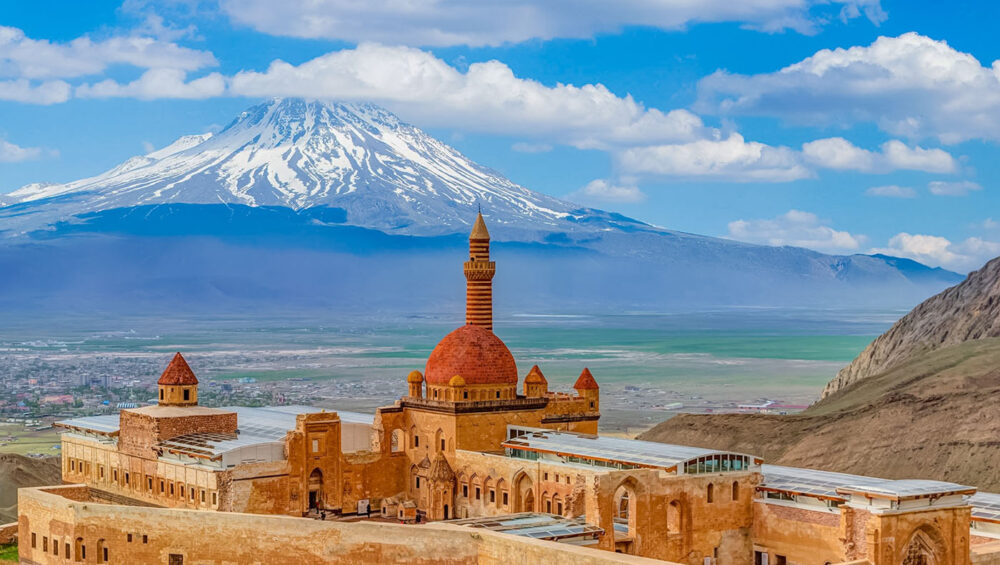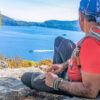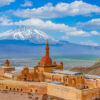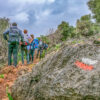Tips for Climbing Mount Ararat
Are you ready to conquer the Amazing Mount Ararat’s majestic peaks? Join us for an unforgettable adventure and reach new heights. Take the first step toward your summit journey today! Read our Tips for Climbing Mount Ararat
- Physical and Mental Preparation for Climbing Mount Ararat
- Essential Gear and Equipment for Climbing Mount Ararat
- Choosing the Right Time to Climb Mount Ararat
- Understanding the Climbing Routes on Mount Ararat
- Safety Precautions and Considerations While Climbing Mount Ararat
- Acclimatization and Altitude Sickness on Mount Ararat
- Navigation and Route Finding on Mount Ararat
- Tips for a Successful Summit of Mount Ararat
- Final Thoughts on Climbing Mount Ararat
Mount Ararat, located in eastern Turkey, is a majestic mountain that attracts climbers from around the world. Standing at an impressive height of 5,137 meters (16,854 feet), it is the highest peak in Turkey and offers breathtaking views of the surrounding landscape. Climbing Mount Ararat is a challenging yet rewarding experience, but proper preparation and knowledge are essential for a successful expedition.
Physical and Mental Preparation for Climbing Mount Ararat

Before embarking on a journey to climb Mount Ararat, it is crucial to prepare both physically and mentally. The ascent can be demanding, requiring a good level of fitness and endurance. Engaging in regular cardio and strength training exercises in the months leading up to the climb can help improve stamina and build muscle strength.
Mental preparation is equally important. Climbing Mount Ararat can be mentally challenging, as you may encounter unpredictable weather conditions, steep inclines, and high altitudes. Developing a positive mindset, staying focused, and practicing meditation or relaxation techniques can help you overcome any obstacles you may face during the climb.
It is also advisable to consult with a healthcare professional to ensure you are in good health and to discuss any specific medical considerations for high-altitude trekking.
Essential Gear and Equipment for Climbing Mount Ararat
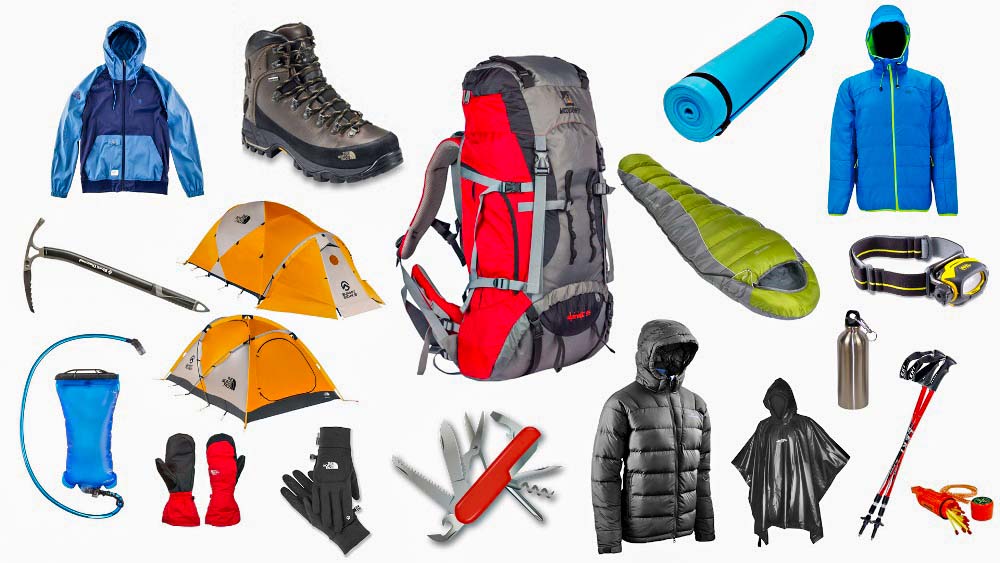
Having the right gear and equipment is crucial for a safe and enjoyable climb on Mount Ararat. Here are some essential items you should include in your packing list:
1 Quality Backpack: A sturdy and comfortable backpack with adjustable straps and multiple compartments is essential for carrying your gear during the trek.
2 Appropriate Clothing: Layered clothing is recommended, as the temperature can vary significantly throughout the climb. Moisture-wicking base layers, thermal mid-layers, and a waterproof and windproof outer shell are essential to protect against the elements.
3 Hiking Boots: Invest in a good pair of waterproof and ankle-supporting hiking boots to ensure comfort and stability during the climb.
4 Camping Gear: A lightweight and durable tent, a warm sleeping bag suitable for cold temperatures, and a compact camping stove are essential for overnight stays.
5 Navigational Tools: Carry a map, a compass, and a GPS device to navigate the mountain’s routes accurately.
6 First Aid Kit: Pack a well-stocked first aid kit, including medications for altitude sickness, blister treatments, bandages, and pain relievers.
Remember to pack light but adequately, as you will be carrying your gear throughout the climb. It is also advisable to check the weather forecast and consult with experienced climbers or tour operators to ensure you have all the necessary gear for the specific time of year you plan to climb Mount Ararat.
Choosing the Right Time to Climb Mount Ararat
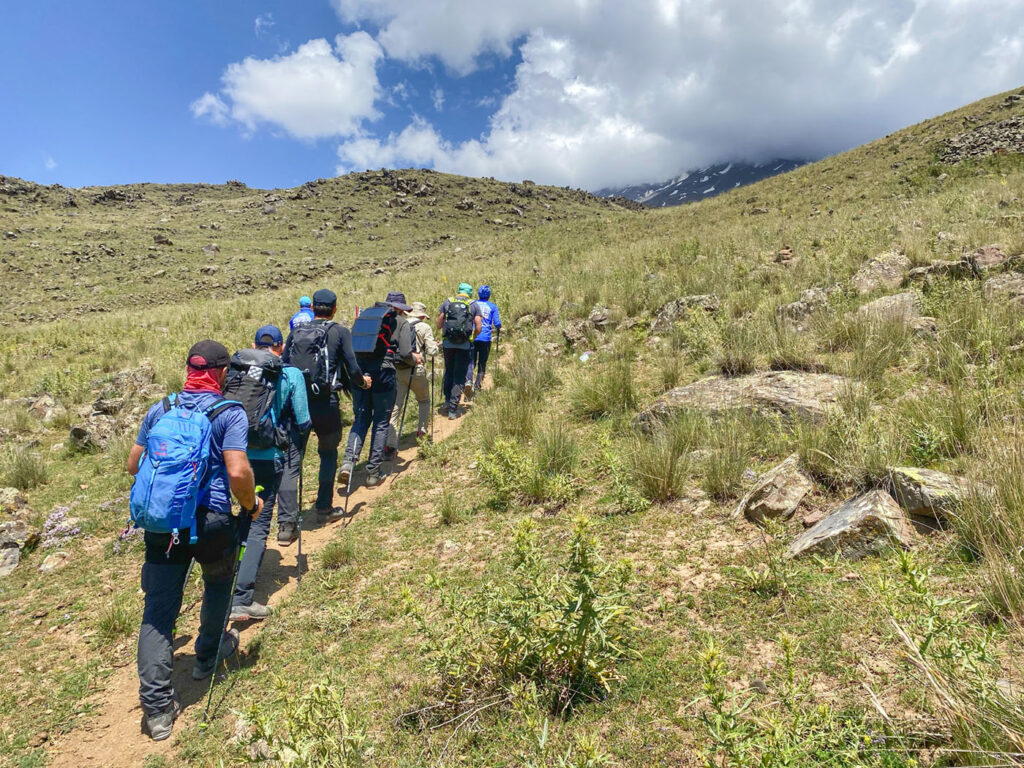
The timing of your climb can significantly impact your experience on Mount Ararat. The climbing season typically runs from June to September when the weather conditions are more favorable. During this time, the temperatures are milder, and the chances of encountering heavy snowfall or storms are relatively low.
However, it is important to note that the weather on Mount Ararat can be unpredictable, and conditions can change rapidly. It is advisable to check the weather forecast regularly and be prepared for sudden changes in temperature and weather patterns.
If you prefer a less crowded climb, consider planning your expedition during the shoulder seasons of May or October. While the weather may be more challenging during these times, you may have a more serene and secluded experience on the mountain.
Additionally, consider your own schedule and availability when choosing the right time to climb. Allow yourself enough time for proper acclimatization and preparation before the climb to ensure a safe and enjoyable experience.
Understanding the Climbing Routes on Mount Ararat
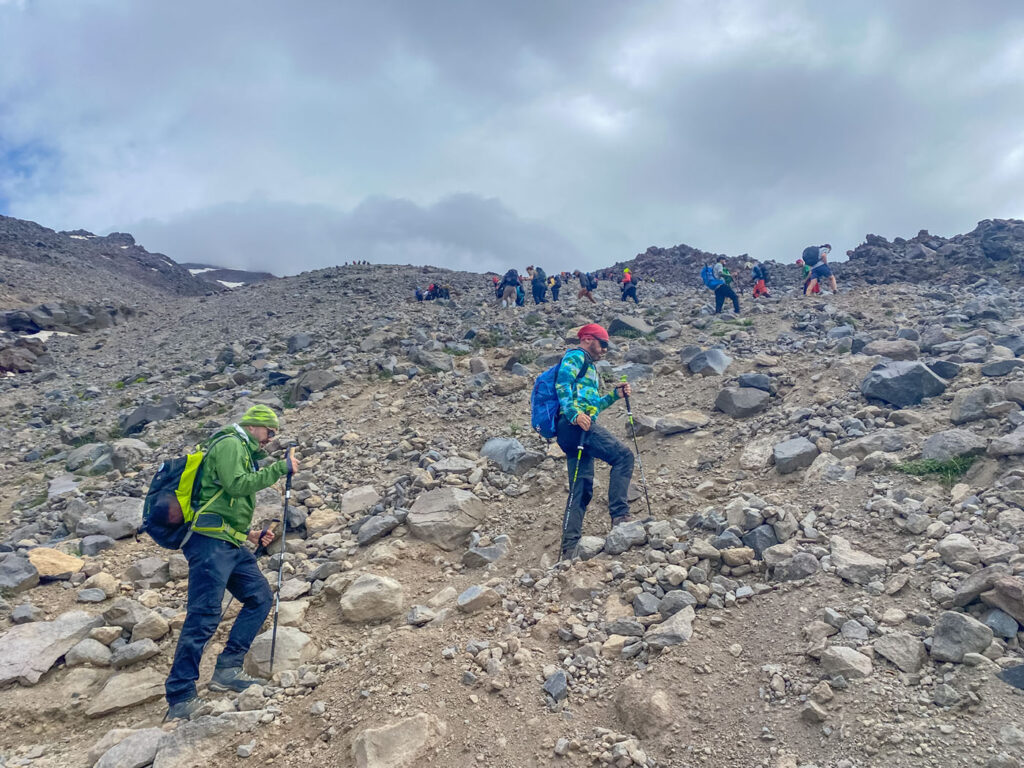
Mount Ararat offers several climbing routes, each with its own unique challenges and characteristics. The two most commonly used routes are the South Route and the Northeast Ridge Route.
The South Route, also known as the Normal Route, is the most popular and straightforward route for climbers. It starts from the village of Eli, and the ascent usually takes around 3-4 days. The trail is well-marked, and there are several campsites along the way. However, it is important to note that the South Route can be crowded during the peak climbing season.
The Northeast Ridge Route is less frequented but more challenging. It offers stunning views and a more adventurous experience. This route requires technical climbing skills and is recommended for experienced climbers or those accompanied by a professional guide.
Before choosing a route, thoroughly research and assess your own climbing abilities and experience. It is advisable to consult with experienced climbers or tour operators who can provide guidance based on your skill level and preferences.
Safety Precautions and Considerations While Climbing Mount Ararat

Climbing Mount Ararat involves inherent risks, and it is essential to prioritize safety throughout the expedition. Here are some key safety precautions and considerations:
1 Acclimatization: Adequate acclimatization is crucial to prevent altitude sickness. Gradually ascend to higher altitudes, allowing your body to adjust to the reduced oxygen levels. Take regular rest days during the climb to help your body acclimate.
2 Hydration and Nutrition: Ensure you stay hydrated by drinking plenty of water throughout the climb. Proper nutrition is also vital to maintain energy levels. Carry high-energy snacks and meals that are easy to prepare and digest.
3 Weather Monitoring: Stay informed about weather conditions and be prepared for sudden changes. Avoid climbing during storms or adverse weather conditions. If the weather deteriorates, consider descending to lower altitudes until conditions improve.
4 Emergency Communication: Carry a reliable communication device, such as a satellite phone or a two-way radio, to stay connected in case of emergencies. Share your climbing itinerary with a trusted contact who can raise the alarm if needed.
5 Leave No Trace: Respect the environment and leave no trace of your presence. Dispose of waste properly and avoid damaging natural vegetation.
Remember, safety should always be your top priority. Be prepared to make difficult decisions, such as turning back if conditions become unsafe or if you or your teammates are experiencing health issues.
Acclimatization and Altitude Sickness on Mount Ararat
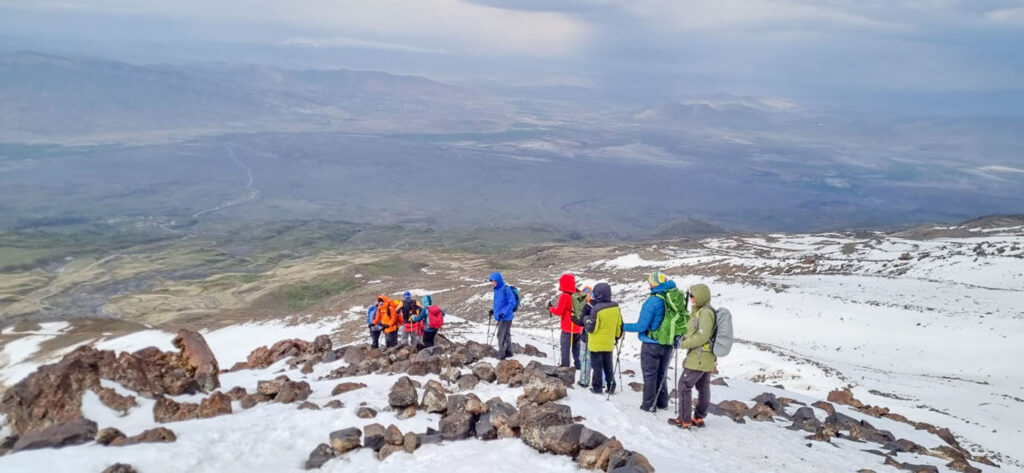
Acclimatization is a critical aspect of climbing Mount Ararat, as the high altitude can pose various health risks. Altitude sickness, also known as acute mountain sickness (AMS), can occur when climbers ascend too quickly without allowing their bodies enough time to adjust to the reduced oxygen levels.
Symptoms of altitude sickness may include headache, nausea, dizziness, fatigue, and shortness of breath. If you experience any of these symptoms, it is important to take them seriously and descend to lower altitudes immediately.
To minimize the risk of altitude sickness, it is recommended to follow a gradual ascent profile. Take regular rest days during the climb to allow your body to acclimate. Stay well-hydrated, avoid alcohol and caffeine, and eat a balanced diet to maintain proper nutrition.
If symptoms persist or worsen, it is crucial to seek medical attention promptly. Consult with a healthcare professional before your climb to discuss preventive measures and medications that may help alleviate symptoms of altitude sickness.
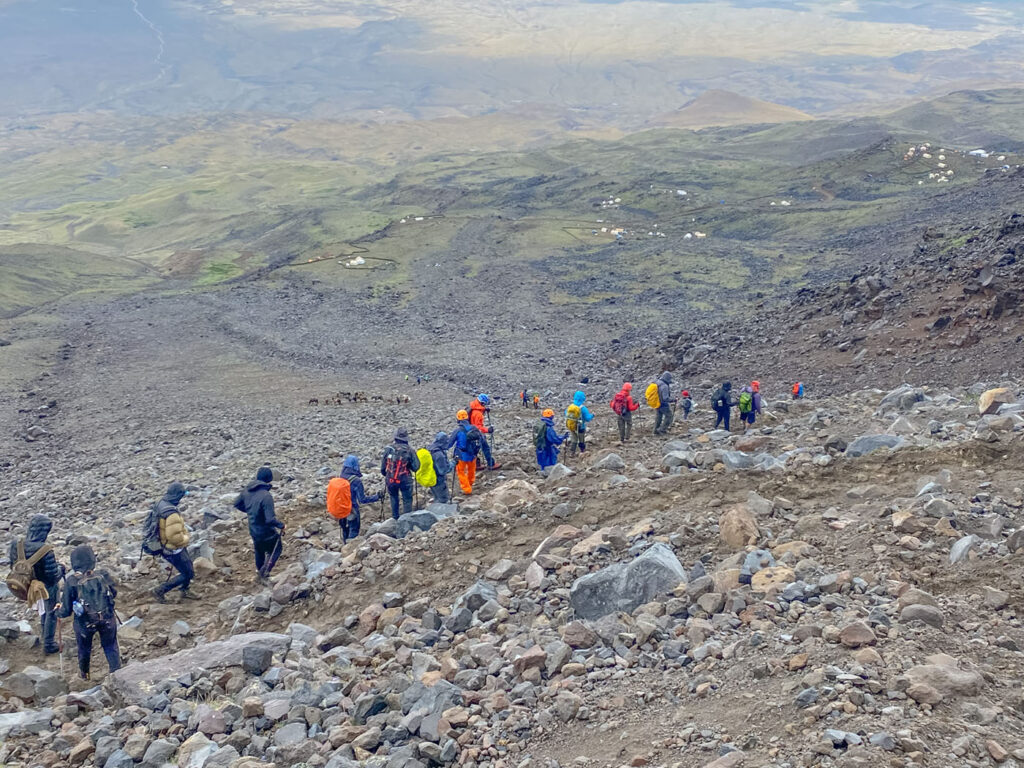
Navigating the routes on Mount Ararat requires proper planning and the use of navigational tools. Familiarize yourself with the map of the area, and carry a compass or a GPS device to ensure accurate route finding.
During the climb, pay attention to the trail markers and follow the established paths. If visibility becomes poor, use caution and rely on your navigational tools to stay on track. It is advisable to practice using these tools before the climb to ensure you are comfortable with their operation.
If you are not confident in your navigational skills, consider hiring a professional guide who is familiar with the mountain and its routes. A guide can provide valuable expertise and enhance the safety of your climb.
Camping and Accommodation Options on Mount Ararat
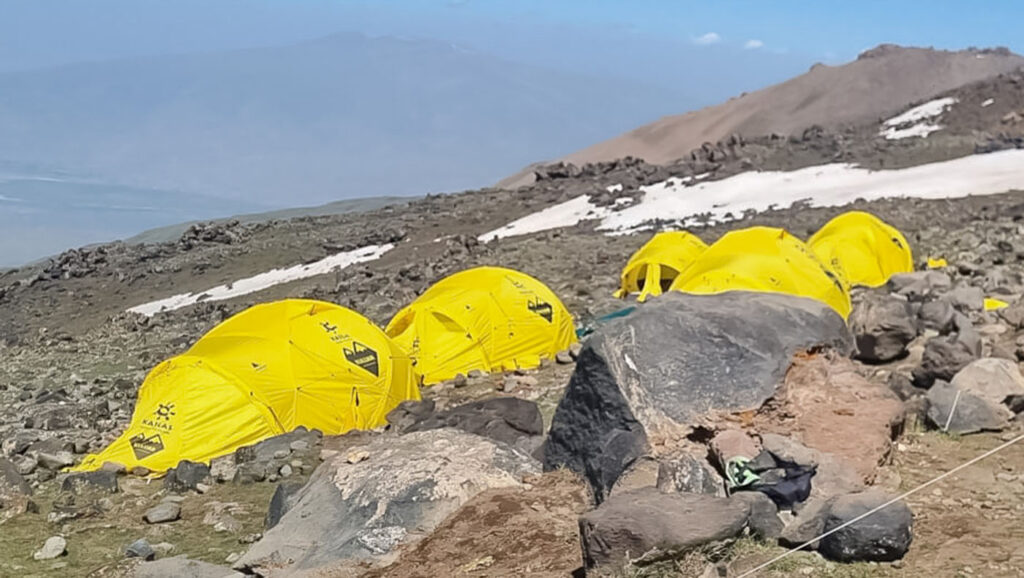
Camping is the most common accommodation option for climbers on Mount Ararat. There are several designated campsites along the climbing routes, equipped with basic facilities such as toilets and shelters. These campsites offer a convenient place to rest and recharge during the ascent.
If you prefer a more comfortable experience, consider joining a guided expedition that provides full-service camping. These expeditions typically include a support team that sets up and manages the campsite, prepares meals, and ensures your safety throughout the climb.
It is important to note that camping at high altitudes can be challenging due to the extreme weather conditions. Be prepared for cold temperatures, strong winds, and limited access to amenities. Carry appropriate camping gear and clothing to stay warm and protected.
Tips for a Successful Summit of Mount Ararat
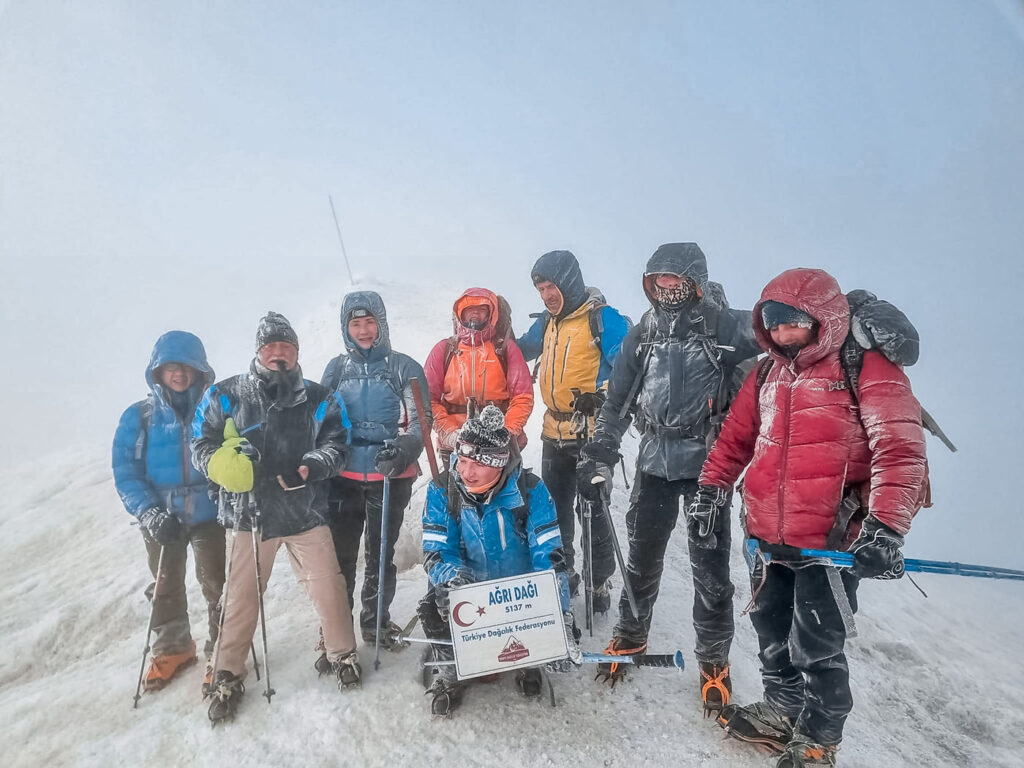
Reaching the summit of Mount Ararat is a remarkable achievement. Here are some tips to increase your chances of a successful climb:
1 Train Regularly: Engage in regular physical training, including cardio and strength exercises, to improve your fitness and endurance.
2 Hydrate and Eat Well: Stay hydrated and maintain a balanced diet to ensure your body is adequately fueled for the climb.
3 Follow a Gradual Ascent: Allow enough time for proper acclimatization by following a gradual ascent profile and taking regular rest days.
4 Stay Positive and Motivated: Climbing Mount Ararat can be mentally challenging. Maintain a positive mindset, set achievable goals, and celebrate small victories along the way.
5 Listen to Your Body: Pay attention to your body’s signals and take breaks when needed. Pushing yourself too hard can increase the risk of fatigue and altitude sickness.
6 Enjoy the Journey: Take the time to appreciate the stunning scenery, connect with nature, and enjoy the unique experience of climbing Mount Ararat.
By following these tips and adequately preparing for the climb, you can enhance your chances of a successful summit and create lasting memories.
Final Thoughts on Climbing Mount Ararat
Climbing Mount Ararat is a challenging yet rewarding adventure that offers breathtaking views and a sense of accomplishment. With proper preparation, essential gear, and safety precautions, you can conquer this majestic peak and experience the beauty of the Turkish mountains.
Remember to prioritize safety, respect the environment, and take the time to acclimate properly. Whether you choose to embark on the journey independently or join a guided expedition, Mount Ararat promises an unforgettable experience that will test your physical and mental limits.
Feel free to share this page with those you believe might be interested or stand to benefit from it.

